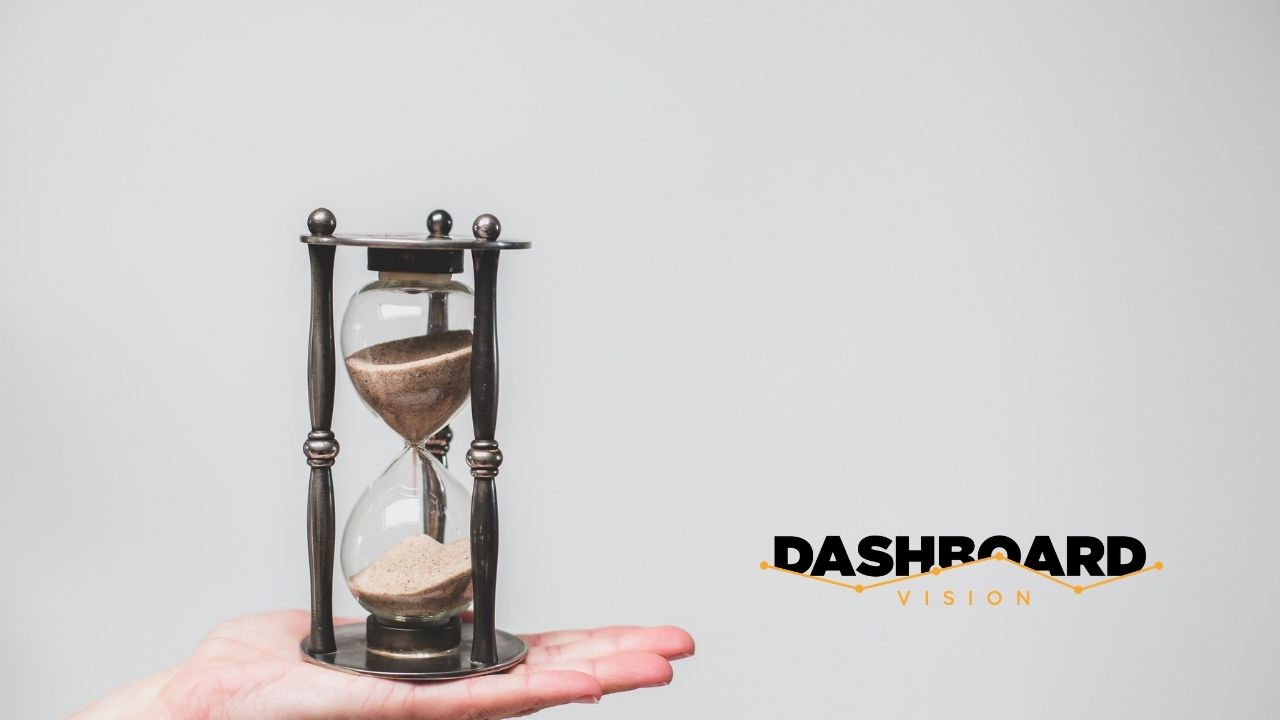
Whether your dashboard will be used by thousands of users or just a small department of 10, you need a release plan. This includes a review of your scoping documents, UX testing and feedback.
If your new dashboard is replacing currently-used reports then review how and when they will be retired. Finally, you’ll want to plan a series of training sessions as well as set up how future feedback will be collected. We’ll go over this in more detail in the next blog.
Testing Dashboard Performance
When you’re satisfied that you’re ready to begin the release process, then start first with testing the dashboard performance. This includes:
Checking that users can find the dashboard

Seeing how quickly it loads

Making sure that it can handle a certain number of concurrent users

Checking that it works on the devices being used including tablets and mobile

Loading times are critical for swift dashboard adoption. Ideally, a dashboard should load in under 5 seconds. Check different devices and ensure that it is loading quickly and correctly. If filtering capability and drill down is available, check to make sure different scenarios are also loading quickly. If there are any performance issues, get these corrected.
Next, ask test users to open the dashboard at the same time to test simultaneous usage. If multiple countries are involved, try as much as possible to simulate usage across geographies.
In my next blog I’ll discuss the rollout process, training and communication, and collecting ongoing feedback.


